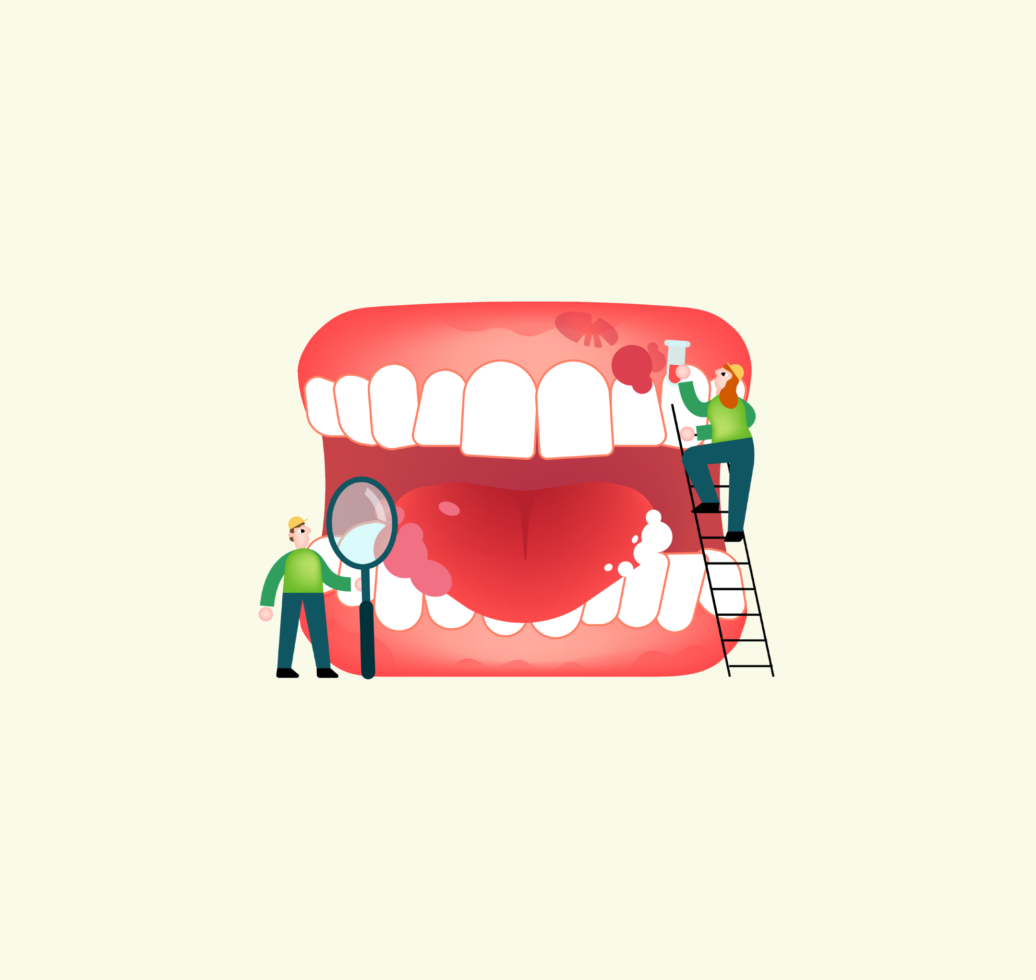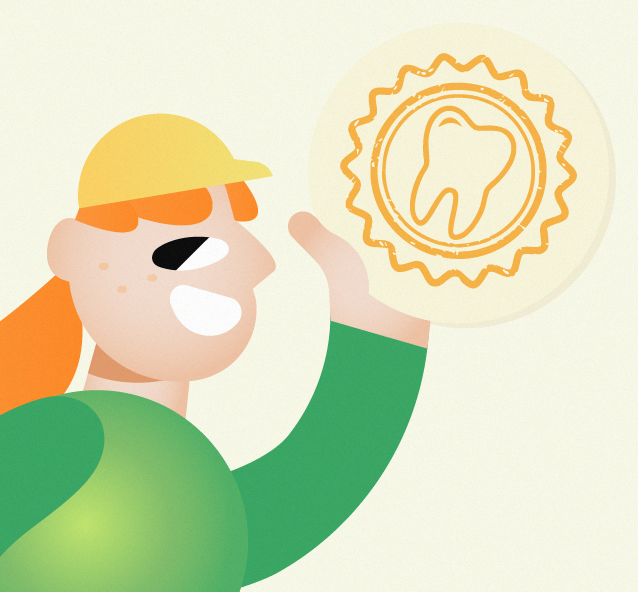Understanding to prevent better
Soft tissue and pre-cancerous lesions: what are they?
The soft tissues of the mouth include the gums, tongue, palate, cheeks and lips. Pre-cancerous lesions could, under certain conditions, evolve into a pre-cancerous state.
What’s behind these lesions?
Soft tissue changes, white or red ulcerated or raised lesions, or swellings, may indicate the presence of underlying systemic pathologies (e.g. diabetes, infectious or autoimmune diseases) or pre-cancerous lesions. If left unattended and/or untreated, these lesions can develop, and in some cases become malignant.
377,713.
This is the number of new cases of lip and mouth cancer recorded by the WHO in 2022. When detected early through screening, this type of cancer can be effectively treated with surgery.
All you need to know about pre-cancerous soft-tissue lesions:
How to prevent pre-cancerous lesions of the oral sphere?
Early detection is very important. It can greatly improve the prognosis of oral cancers.
Our dentists can perform regular examinations to detect early signs of soft-tissue changes. Early detection is crucial to effective treatment. Biopsies may be taken if necessary to assess suspicious cells.
If necessary, our dentists will refer you to our network of correspondents (ENT, maxillofacial specialists, etc.).
How can I limit this risk?
Here’s our advice:
- Watch for changes in the texture, color or feel of the soft tissues in your mouth.
- Avoid smoking and excessive alcohol consumption, major risk factors.
- Perform regular self-examinations and consult us immediately if you notice any unusual changes.
When should I consult?
We recommend visiting your dentist at least once or twice a year, even if there are no apparent symptoms.







